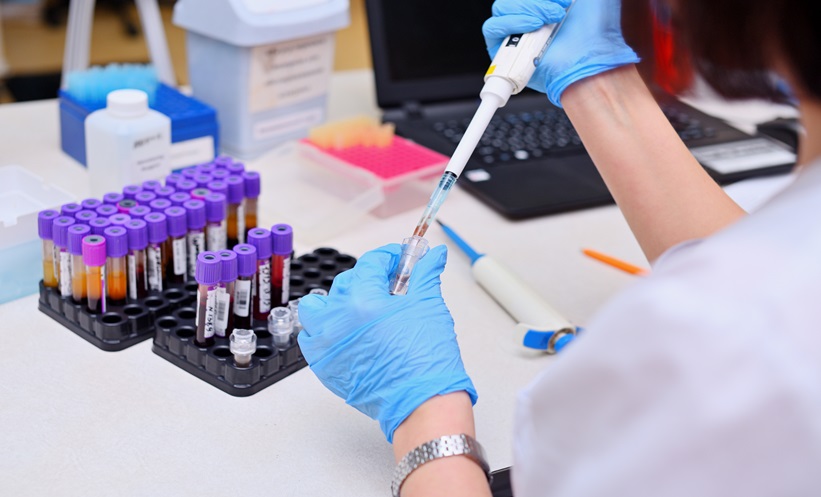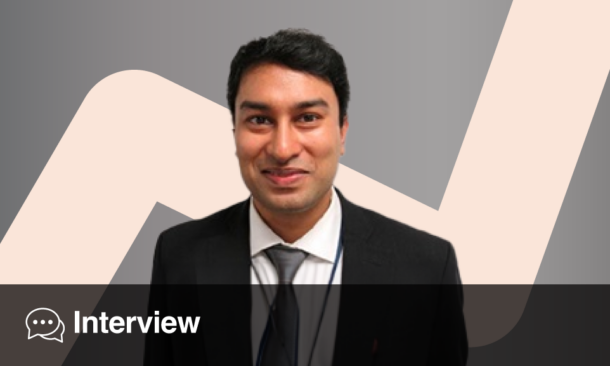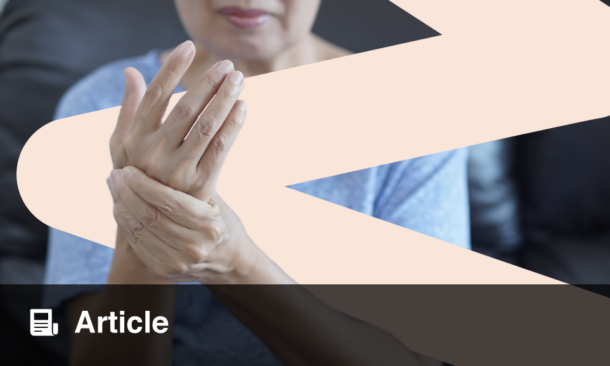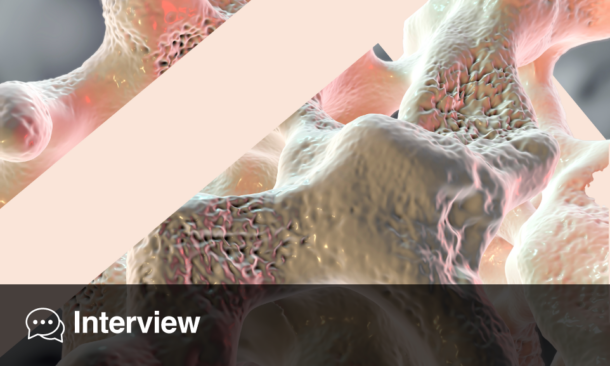Jette Primdahl | Rheumatology Rehabilitation Professor, University of Southern Denmark (SDU) and the Danish Hospital for Rheumatic Diseases; European Alliance of Associations for Rheumatology (EULAR) Vice-President HPR.
Citation: EMJ Rheumatol. 2024; https://doi.org/10.33590/emjrheumatol/VGFH6338.
![]()
Can you talk us through what inspired you to pursue a career in rheumatology rehabilitation? And how has your journey led you to your current role at the University of Southern Denmark and the Danish Hospital for Rheumatic Diseases?
I started my career as a nurse, working for many years in cardiology, a speciality that I really liked. After further education, and working with quality development, I took up a position in quality and patient safety at a rheumatology hospital. This role was my entry into rheumatology, where I focused on quality development, patient safety issues, and accreditation of procedures. But I think that all kinds of specialties would be interesting for me if I were to dive into them, there are always patients who are challenged by the diseases they have. That’s what inspires me. I have always had a focus on developing quality of care; no matter what kind of position I’ve been in, that has always been my main interest. After many years in quality development and patient safety, I had the chance to become a PhD student and was offered to stay in a research position.
I enjoy doing clinical-based research, which is very close to the patient, allowing me to see the direct impact of our work. What drives and motivates me is improving patient outcomes. Although register-based studies might seem easier, I find clinical research, especially in rehabilitation, where we train people to do things differently and work together, to be more challenging but ultimately more rewarding. I think this approach makes a significant difference for patients.
Additionally, I am undertaking cardiovascular screening consultations. For instance, people with inflammatory arthritis have double the risk of cardiovascular disease, similar to those with diabetes. General practitioners are very good at managing diabetes but often overlook cardiovascular risks in patients with inflammatory arthritis. After finishing my PhD, EULAR published recommendations for cardiovascular risk management, which we implemented locally. This area is also part of my research interest, and I find it rewarding to see the positive results in patients.
How do you envision the future of rheumatology, particularly in terms of patient care and research advancements?
I think there will be a continuous development of new medications, and that’s very important for our patients. But despite that, approximately 30% of patients either do not have effective medication options or cannot tolerate the side effects. Even those who achieve a low disease activity or remission still face significant challenges such as fatigue, pain, and depression. We need to focus not only on disease activity in patients with inflammatory arthritis but also on overall disease impact.
This is where non-pharmacological interventions and rehabilitation come in, involving multiple professionals working together to help patients manage their pain, fatigue, and physical disabilities. We should also focus more on prevention by identifying those at risk of developing these conditions and intervening earlier in the disease pathway. This approach has shown promise in spondyloarthritis. Reducing the delay from the onset of symptoms to seeing a physician and then a rheumatologist is crucial for better patient outcomes.
Could you elaborate on your research in rheumatology and rehabilitation, and how it has evolved over the years?
In the beginning, my focus was on patient education. Now it’s more focused on developing and testing new types of outpatient rehabilitation, particularly work-related rehabilitation for those who feel challenged to maintain their jobs, self-management, support and management of fatigue. We aim to support those who have been vulnerable and challenged for many years by creating continuity and establishing strong relations to our patients based on a person-centred and biopsychosocial approach.
For instance, in one study, it was the nurse who was the primary point of contact for patients, but they also had the opportunity to refer to physical therapists, occupational therapists, and social workers. In another study on early rehabilitation for people suspected to have spondylarthritis, the primary point of contact is a physiotherapist, because physical activity is essential for these patients. In work-related rehabilitation, that central person is an occupational therapist because they hold specific competencies in relation to the interplay between activities, daily life, and the patient’s work situation. It’s important to involve the whole multidisciplinary or interdisciplinary team, as patients have different challenges that require access to different professionals.
Your work on nurse-led care and the management of cardiovascular risk and fatigue has been significant. What are some of the key findings and implications of your research in these areas?
When I started, very few patients had regular access to a rheumatology nurse. We created evidence for nurse-led care, where nurses monitor disease activity, examine joints, administer medication, and refer to or get supervision from a rheumatologist if needed. The approach has shown that nurse-led care can achieve results comparable to traditional rheumatologist-led care. This model of care together with patient-initiated follow-up is now in clinical practice in many countries and allows for more frequent and accessible patient monitoring.
Focusing on your role at European Alliance of Associations for Rheumatology (EULAR), as Vice President of HPR. What are your main objectives and your vision for the organisation, especially thinking about health professionals in rheumatology?
My dream is for more patients to have access to the wider interdisciplinary team. In many countries, patients do not have access to professionals like nurses, physiotherapists, social workers, occupational therapists, and psychologists; it’s really rare. This gap necessitates capacity building for health professionals and an awareness among rheumatologists that medication is not the only thing to help our patients, and in fact, there are some issues it cannot resolve. We also need non-pharmacological interventions to help prevent comorbidities. Many of our patients struggle with anxiety and depression, and it’s essential to adopt a biopsychosocial approach. This means understanding the patient’s values, life situation, work, and family context. You cannot just cure a disease with medication; you need to see the person behind the illness.
Do you see this approach as being the future direction of rheumatology rehabilitation and nurse-led care?
I think there’s still a long way to go. In many countries, there is a lack of clearly defined roles for healthcare professionals in rheumatology, and there is a significant need for more localised education. The resources available are often in English, which poses a barrier for many healthcare professionals. It’s crucial to provide education in local languages and to raise awareness among rheumatologists about the valuable contributions of healthcare professionals, such as nurses, physiotherapists, occupational therapists, psychologists and social workers. There is still much progress to be made, but these steps are essential for moving forward. In addition, telehealth will be central in the future offering support outside the hospitals.
What aspects of your work do you find the most rewarding as a professor and researcher?
I think there are two main drivers for me. First, it’s the ability to see the impact we can have on patients’ lives and help improve their wellbeing. That is a major motivation. The other driver is seeing the growth and development of PhD students or other students under my guidance, like watching flowers bloom. It’s incredibly rewarding to help them become better researchers.
Additionally, I am now focusing on spreading models of good practice. For example, we have started the Danish Centre for Expertise in Rheumatology at our hospital, and I believe we are just at the beginning. There is so much more we can do to disseminate evidence and effective practices to professionals in primary care, helping to improve patient outcomes across the patients’ pathway.
Can you tell us about any PhD projects or studies that you are particularly excited about?
Well, some of them were presented at this conference. One project on work-related rehabilitation is particularly important because it helps individuals maintain their paid work, which is crucial for their identity, economy, and overall society. We are moving this project into a randomised controlled trial, involving various stakeholders to test its efficacy on a larger scale.
Another study I’m proud of is a collaboration with a hospital in Copenhagen, focusing on people with inflammatory arthritis who still experience substantial disease impacts. We’ve found that a relatively small intervention, about 8 hours of support, can make a significant difference over 6 months. This isn’t costly compared to medication, yet it has a profound impact.
Overall, my goal is to create evidence that non-pharmacological interventions can truly benefit our patients.







